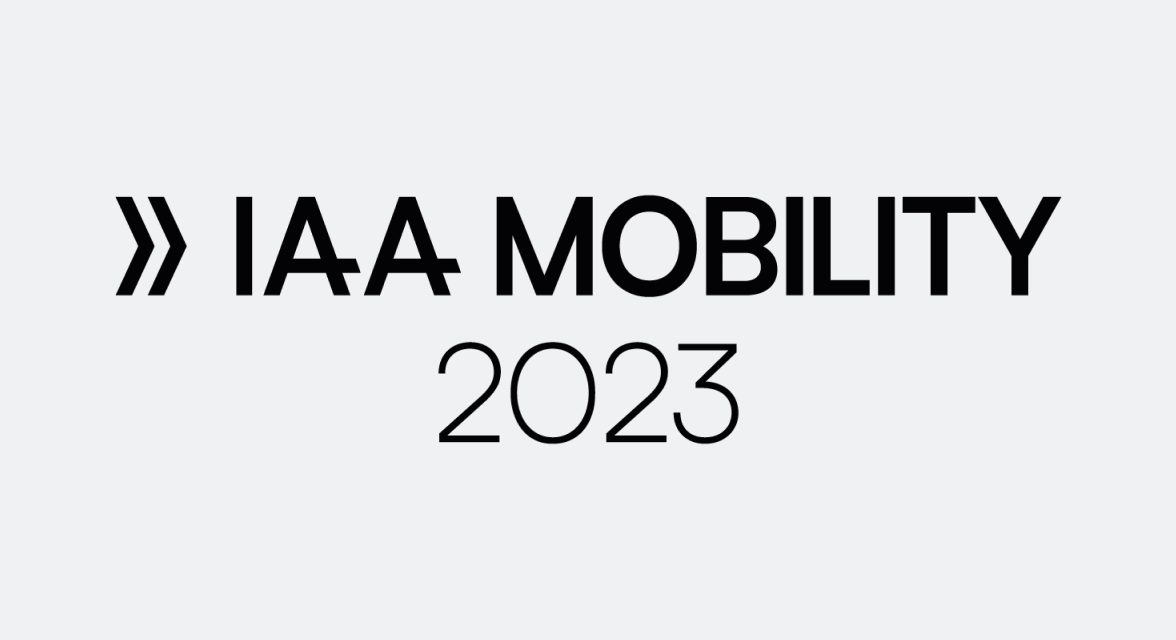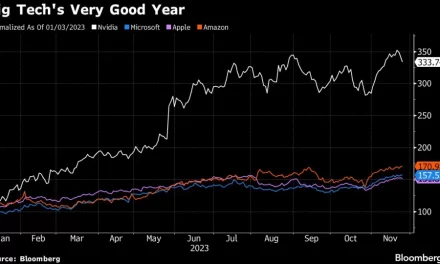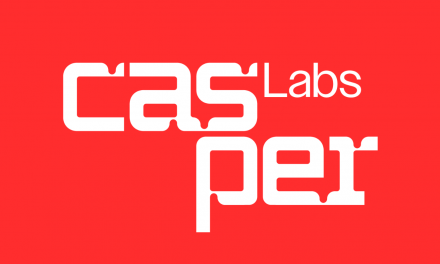Bosch, a distinguished engineering and technological corporation, stands prominently at the cusp of an imminent, cryptographically-grounded, digital voyage initiative. This enterprise enjoys the endorsement of the German state and was theatrically unveiled during IAA Mobility 2023 in the historic Munich, Germany.
In this grand occasion, Bosch, in alliance with entities like Mobix and Peaq Network, showcased an avant-garde, peer-to-peer parking and electrification system predicated upon moveIDs within the expansive Peaq realm.
These moveIDs function as self-governing entities, or SSIs, anchored in the cryptographic ledger, enabling vehicular self-executing dealings with integrated infrastructure. The grandeur of IAA Mobility was heightened by a demonstration: a symbiotic interaction amongst a sentient automobile, electrification pillar, and a signaling device for vehicular stowage.
Cointelegraph’s correspondents were present in Munich’s heart, engaging in discourse with Peter Busch, the eminent orchestrator of moveID and the custodian of Distributed Ledger Technologies Mobility—a cerebral enclave for automotive amalgamation within Bosch’s sanctum. This dialogue was further enriched by Leonard Dorlöchter, Peaq Network’s founding visionary. Their elucidations illuminated the potent influence of the cryptographic ledger in sculpting the forthcoming mobility epoch.
Probing deeper into why mobility stands as the quintessential sphere for the expansive enactment of SSI, Dorlöchter opined, “In the realm of mobility, fragmentation abounds.”
Mobility’s essence lies in journeying from origin to terminus. Such odysseys encompass public conveyances, nimble scooters, shared or proprietary vehicles—all necessitating harbors and electrification.
“Innumerable stakeholders partake, incessantly mandating novel affiliations, credentialing mechanisms, and so forth. With the cryptographic underpinning, in an expansive digital biosphere, one envisages a continuum in experiences and an impeccable quest for unparalleled amenities, harborages, and electrification junctures,” he reflected.
To Busch’s discernment, autonomous denominations on open cryptographic grids epitomize the “apex of technological allure.”
“Such self-reliance in identification facilitates gadget authentication sans any mediatorial presence or gargantuan digital magnates overshadowing,” he elucidated. “This paves the way for unparalleled data autonomy, where an individual’s dominion over their data remains unassailable.” Envisaging scenarios where electrification ensues, the interaction remains exclusive to the user and the electrification pillar, devoid of extraneous parties.
In Busch’s exposition, one primary aspiration is to cultivate uniformity in technological amalgamation amongst automotive magnates, both in Germany and the broader European expanse.
Further, Busch extolled mobility as a paradigmatic illustration for industry behemoths and others, elucidating the transformative potential of Web3 and decentralization in bolstering data sanctity and adherence to European data safeguard norms.
“A directive from the European Consortium seeks a decentralized ID for every denizen within its territories,” he shared. “What we endeavor to craft shall be universally accessible. Every citizen, every commercial entity with a penchant can embrace it.”
Such endeavors are constituent fragments of a grander European Consortium-financed venture, Gaia-X, which aspires to foster a unified, fortified data framework for Europe’s digital dominion and sow seeds for impending intelligent metropolises.
Consequently, Busch accentuated the imperativeness of crafting systems that resonate with ease of utilization for the common man.
“Fast forward half a decade or so, and this becomes an intrinsic component of every individual, akin to one’s tactile identification of today, transmuted into a digital or electronic essence,” he contemplated.
Peaq’s Dorlöchter, envisaging future urban sprawls, depicted them as a nexus of “interlinked entities” mandating identification within an open architecture.
“Envisioning the cities of tomorrow, their functionality falters if predicated upon today’s Web2 infrastructure,” he postulated. “Entities gain vitality via identification; it’s akin to their diplomatic credentials,” alluding to sentient vehicles, electrification pillars, and signal devices present at IAA Mobility. “With conferred identities, they seamlessly meld into our realms, birthing truly intelligent cities.”
“The Digital Entity Network metamorphoses into the Economy of Digital Entities. Every node therein holds intrinsic economic merit, shaping the morrow. The zenith of AI-driven automation lies in fostering societal progress,” he professed. “To erect such a digital civilization, the foundational systems must exude openness and decentralization.”
Above all, there lies an intrinsic need for an interoperable facet, ensuring “universal participation in the accruing economic fruits.”





